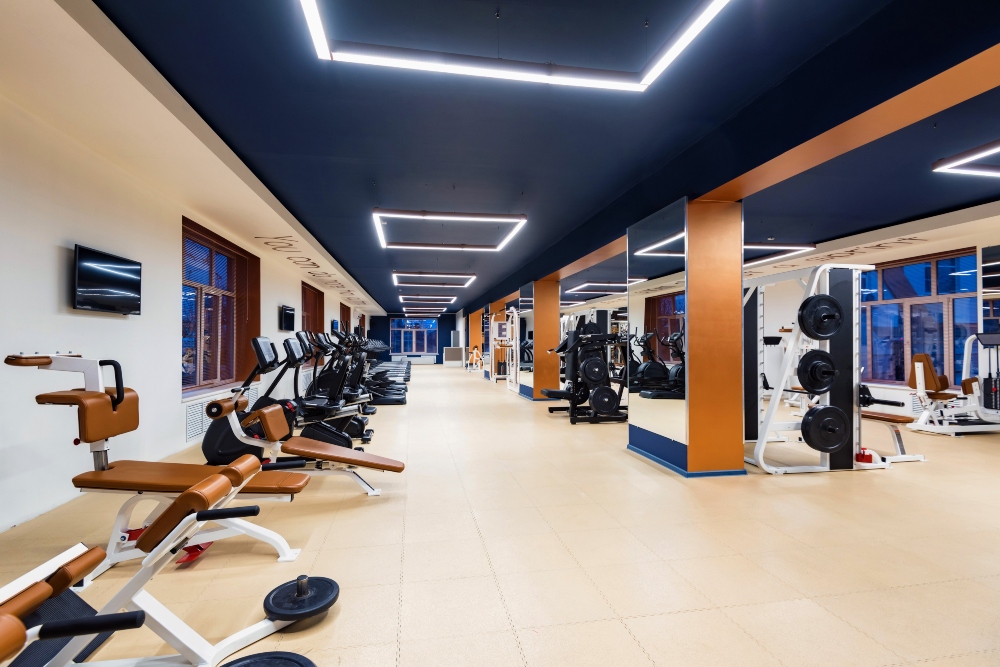
SSUCv3H4sIAAAAAAAACpRSwU7EIBC9m/gPDedtpLS1rX/gwYsejYcpjFuyLGyAaszGfxdKMVw8eGPezLw3b4br7U1VkRmc5OShusYoxFKp1XkLXhodYHrYcYtaoC0RFNIbK0GV4AyeLxrOGEC9KhXh7y1JnAe/OnRRbIc4eDwGjgT+UqSJXlNc5cSWDB0hRV4uxnp394zcYhr1UBS5dY5FT9JxVAo0mtWRnE/Sf/A+ao9WGuv+wZceb3kDcETNvzaThXmLCiGZ332RfmiaHlhX016wuqOzqMcB5hrGid2zRlAUw6aSqMnpM8x2LtcHq5Cm2NyH4aBiQVsoX6zkUh+LNuOX7ZK5jZtVextHJtk2UcZcYFbxjO+BEzO+gHOhXGS8EOLh35hzoaON3wzvrESEa8ewaRmdaDv1A2O0Gca22wvSD1lk4NnGyUQh5icpSusyTkBGJhox9VAzgWPdwcTD9nhfCxDT2FDgfOzDCr9/AAAA//8DAA2EWSnrAgAA
In the average business manufacturing process, while your machines are vital to your productivity, they can also pose a serious threat to the operators working with them. Often, this equipment can involve moving metal parts that can do a lot of harm when they are not used appropriately or, worse when they are malfunctioning. As such, here are a few tips you can take to make sure that you’re making them as safe to work with as possible.
Thorough and ongoing training are vital
The first thing that you need to make sure that you invest in is a thorough and detailed training process for all of your staff. Not only should they be trained in the safe operation of machines and how to use them while keeping an eye out for risks, but they should be re-trained on a semi-regular basis. Even if they know it all, already, you should make sure that their knowledge of machine safety is being kept to its sharpest standard by keeping the knowledge that they need circulating through their minds on a regular basis.
Making the machines (and operating areas) safer
The machines that you purchase might already have some safeguards installed, but that doesn’t mean that you can’t work to make them even safer, still. First of all, using floor markings and reminders for people to keep a wide area around the operating area of a machine can be vital to make sure no one or nothing bumps into a worker that’s operating a machine. There are also workplace safety installation options such as guards that fit onto or around the machine to offer a physical barrier. Just make sure that you’re installing any safety installations in a way that doesn’t interfere with the machine or the worker themselves.
Give them the protective gear they need
Your workers also need protection when they are dealing with machines. There are already likely to be safety regulations that dictate what equipment you need, but there’s nothing wrong with going further in providing more personal protective equipment. From gloves and aprons to protect them from moving parts and sparks, to safety goggles to keep their eyes safe, to hearing protection to prevent damage due to excessive noise levels. Invest in the protective equipment that your team needs.
Maintenance and inspections are crucial
You shouldn’t always assume that the fault is with your team. Sometimes it can very easily be with your machines. Investing the time and money necessary to create a thorough preventative maintenance schedule is vital. Furthermore, you should make sure that you have routine inspections and safety audits to make sure that all machinery is working as it should be, and that there are no malfunctions that could lead to safety incidents. If there are, then they need to be fixed, of course.
With the tips above, you can make sure that your employees are as best protected from the risk that your machines pose as possible.


